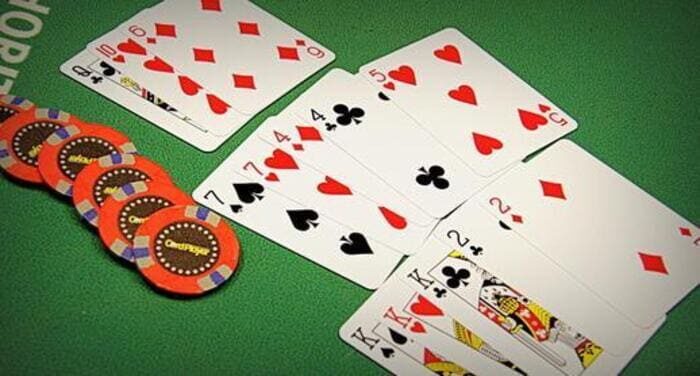If you’re a serious poker player, understanding the VPIP and PFR statistics is an important part of your game. These two poker stats show you a lot about how your opponents play preflop and can be used to identify good and bad players. The VPIP and PFR stats are included on every HUD and many strategy threads, so they’re worth familiarizing yourself with early on.
The pfr in poker is the percentage of hands you raise before the flop. Unlike VPIP, which also includes calls and limps in preflop pots, pfr only counts raised hands. A high pfr is indicative of an aggressive preflop style, while a low one indicates a passive preflop game.
A good pfr should be at least 2% to 3% lower than your VPIP, which means that you raise a decent number of quality hands but don’t call too many. Using your pfr can help you determine how much of your range you should raise preflop in different situations. For example, you may choose to raise a lot more hands in a heads-up situation than in a full ring game.
Knowing how to read a pfr in poker can also help you target weak players. For instance, if you see that a player’s pfr is very low in the short stack, this indicates that they’re probably losing and are unlikely to improve their hand, so it might be best to raise more often with your short stack to win more pots.
Another use of pfr in poker is to identify fish. These are players who call every hand and rarely raise, which leads them to lose a large amount of money during a session. By identifying the types of hands they often call and how wide or narrow their preflop raising range is, you can be more effective in targeting these players.
VPIP and PFR are not fixed, however, and will change depending on the format of the game you’re playing. For instance, a full ring game will necessitate a tighter playing style than a six-handed game because there are more players to open against.
VPIP and PFR are essential statistics to have when playing poker, and learning how to read them can give you an edge over your competition. By understanding the differences between these two stats, you can make better decisions when playing poker and even beat some of the best players in the world. With time, you can also construct a player’s range in your head based on their PFR numbers and exclude or include certain hands from their range accordingly. This takes a little bit of practice, but is well worth the effort in the long run.
